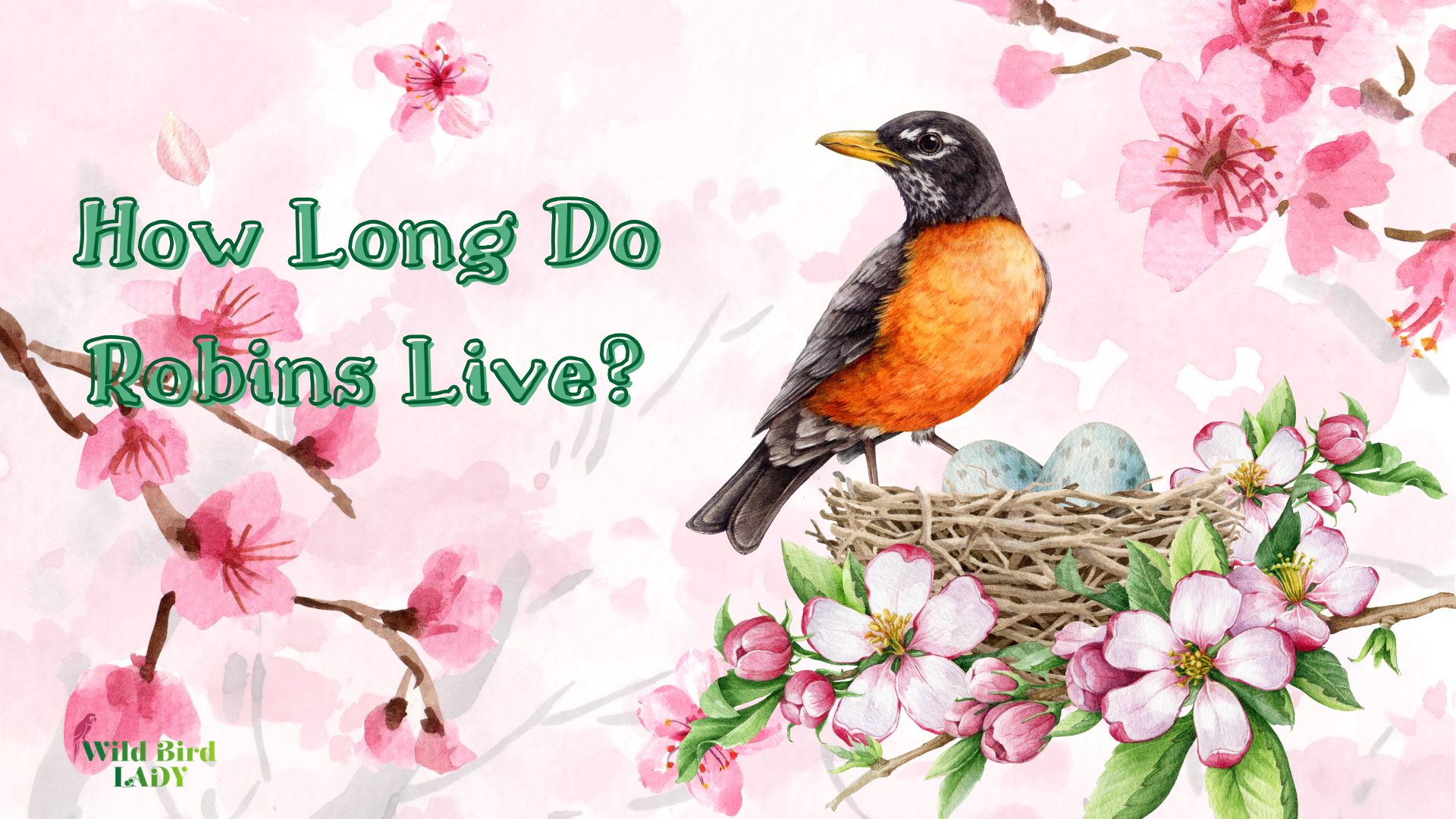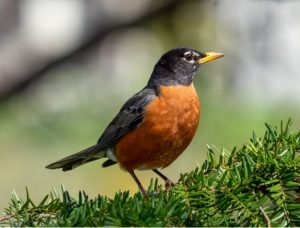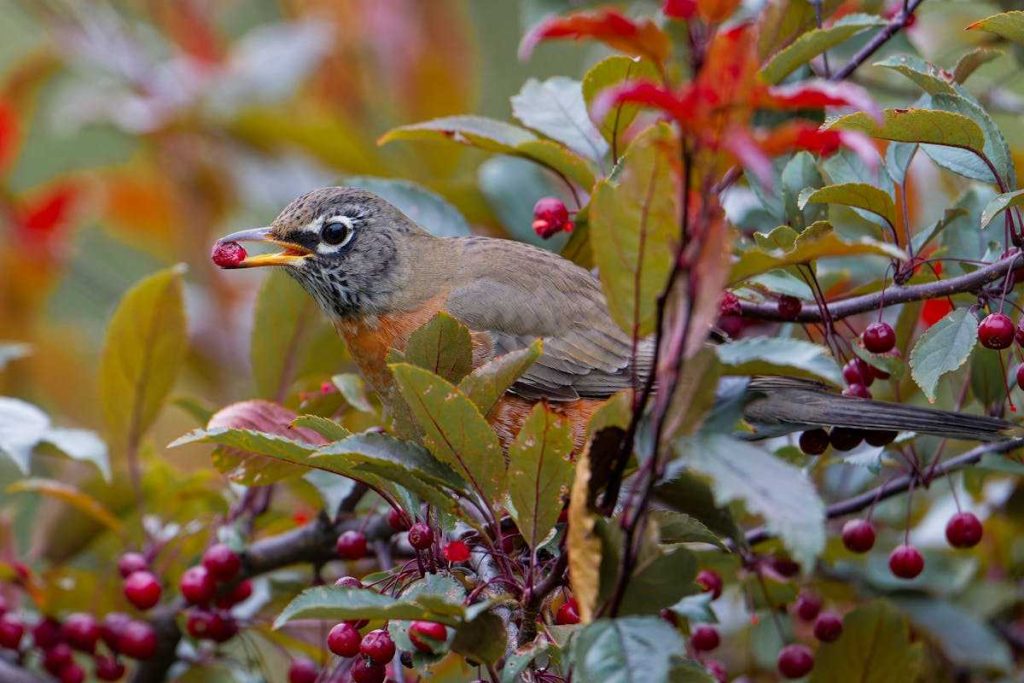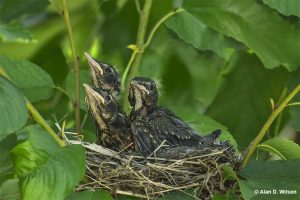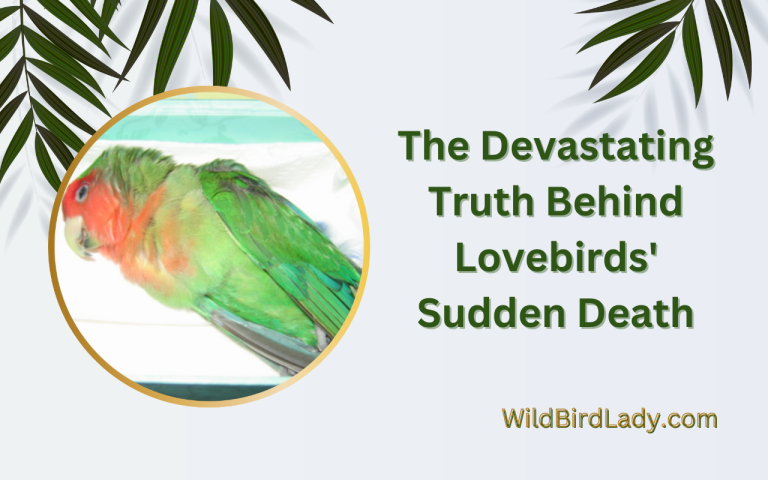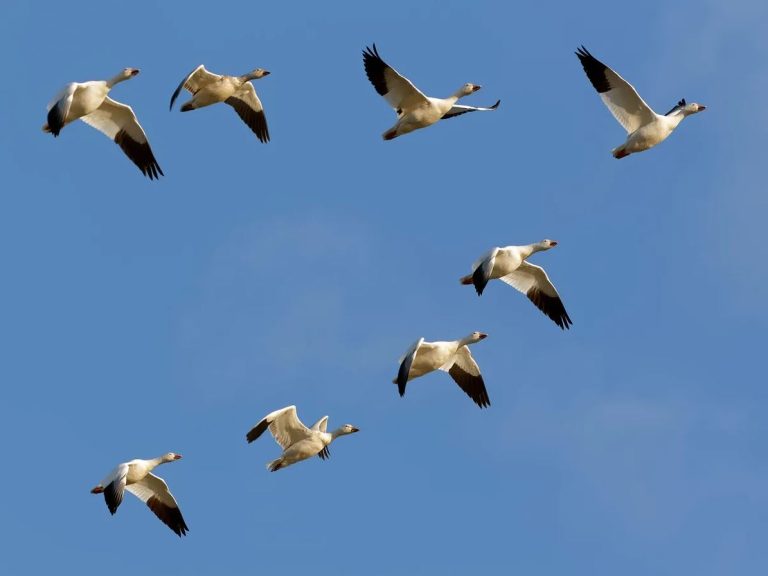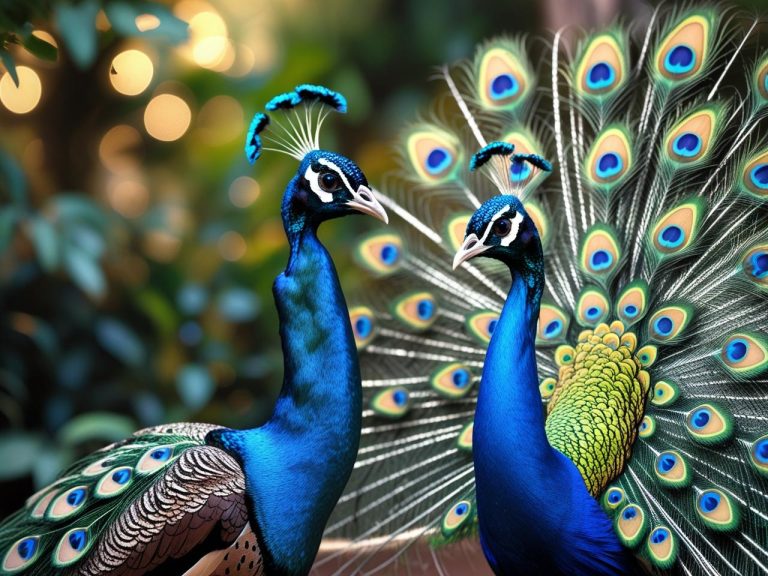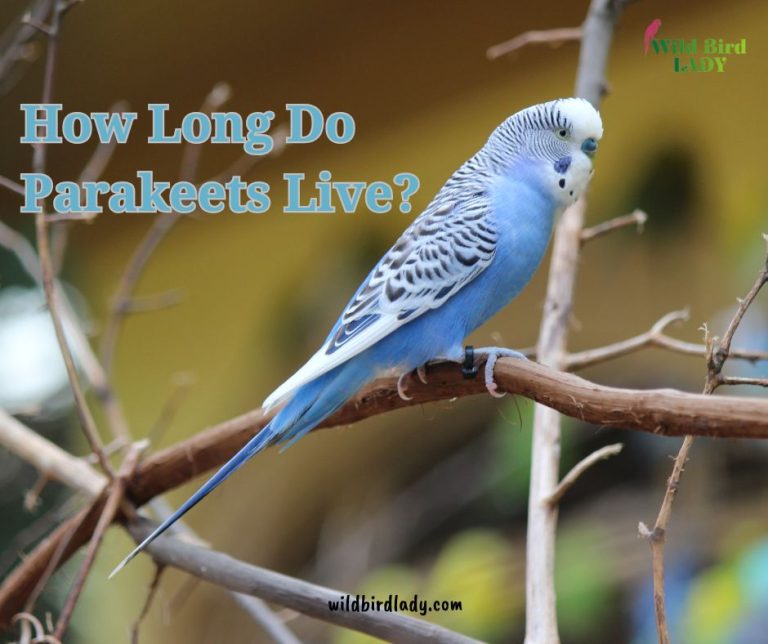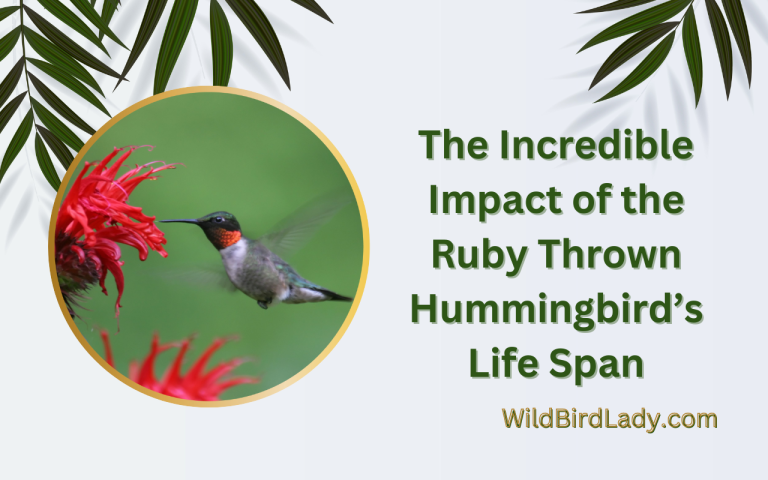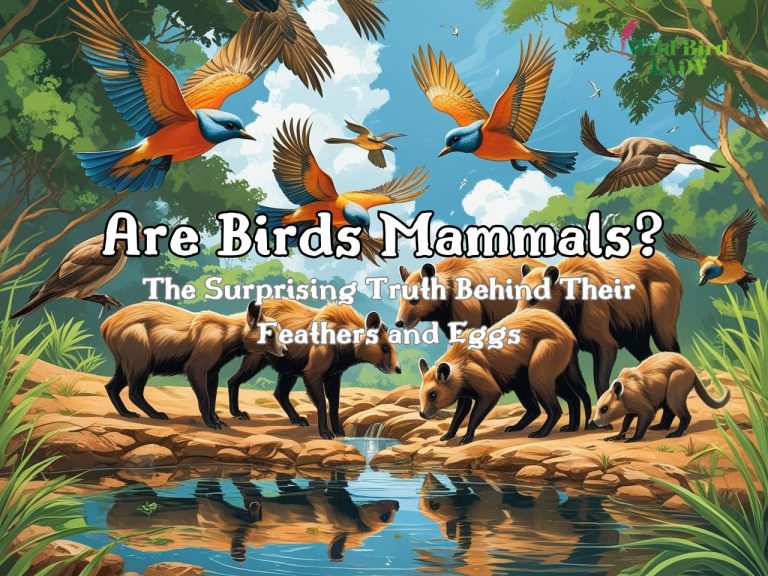How Long Do Robins Live? Plus 5 Things That Help Them Survive Longer
By Rifat Ahmed | Birdwatching Expert with 13 Years of Experience
Every spring, like clockwork, I step into my backyard with a warm cup of coffee in hand and listen for that familiar tune—the cheerful song of the American Robin. It’s a sound that marks the end of winter and the return of life to the trees. Over the past 13 years as a birdwatcher, I’ve come to admire these bright-breasted songbirds not just for their beauty and song, but for their resilience. But it always makes me wonder: How long do robins live?
Let’s dive into the fascinating world of robin lifespan, explore the challenges they face, and uncover five powerful ways we can help them live longer and healthier lives.
How Long Do Robins Live?
The Short Answer
In the wild, the average American Robin lifespan is about 2 years, though they can live much longer under the right conditions. According to the Cornell Lab of Ornithology’s All About Birds, the oldest known wild American Robin lived to be 13 years and 11 months old—a nearly miraculous achievement in the bird world.
Why the Average Is So Low
That average lifespan might sound surprisingly short. But here’s the catch: many robins don’t survive their first year. Between predators, weather, disease, and human-related hazards, young robins face a tough start in life. It’s estimated that only about 40% of robin fledglings make it through their first year.
Once they survive that critical period, though, robins stand a much better chance. Adult robins that have made it past year one can live up to 6 or 7 years in the wild, with rare individuals living over a decade.
Wild vs. Captive Robin Lifespan
In the Wild
In their natural habitats, robins face an ongoing struggle for survival. From hawks and domestic cats to harsh winters and pesticide-laced lawns, life isn’t easy for these iconic birds. Still, their adaptability gives them a fighting chance.
Here’s a breakdown of common threats to robin lifespan in the wild:
- Predators: Hawks, snakes, cats, squirrels, and even blue jays prey on eggs or fledglings.
- Weather: Harsh winters and late spring snowstorms can cause starvation.
- Collisions: Window strikes and vehicle collisions are a major hazard.
- Pesticides: Chemicals reduce their food supply (insects) and can poison them directly.
Despite all this, robins continue to thrive across North America thanks to their nesting flexibility and generalist diet.
In Captivity
While not common, robins have been successfully kept in captivity for research or rehabilitation. In protected environments, robins can live over 14 years, though this isn’t typical or recommended for the average bird enthusiast. Keeping wild birds like robins is illegal in many places without proper permits, as they are protected under the Migratory Bird Treaty Act.
Still, these observations confirm that with fewer threats, robins have the biological potential to live much longer than they usually do in the wild.
The Robin Lifecycle: From Egg to Adult
To understand how long robins live, it helps to look at their life from the beginning.
1. Nesting and Eggs
Female robins lay 3–5 light blue eggs per brood, often producing 2–3 broods per season. The mother incubates the eggs for about 12–14 days.
2. Hatchlings
Newborn robins are blind, featherless, and completely dependent on their parents. Both the male and female take part in feeding the chicks soft insects like worms.
3. Fledging
At about 13 days old, baby robins leave the nest. They can’t fly well yet, and are highly vulnerable during this period.
4. Juvenile Stage
Young robins develop spotting on their breasts (unlike adults’ clean red-orange chests) and become more independent after a few weeks.
5. Adulthood
By 3–4 months of age, robins reach sexual maturity. They begin breeding the following spring, and the cycle continues.
5 Things That Help Robins Live Longer
If you love robins as much as I do, there’s good news: we can all play a role in increasing the robin lifespan in our local areas. Here are five things that make a measurable difference:
1. Provide Clean, Fresh Water
Water is essential not only for drinking but also for bathing, which helps robins keep their feathers clean and parasite-free. Especially in hot summers or freezing winters, clean water is a lifesaver.
Pro Tip: Add a shallow birdbath with sloped sides. In winter, use a bird-safe heated bowl to prevent freezing.
2. Offer Natural Foods (and Avoid Pesticides)
Robins are omnivorous and rely heavily on a diet of earthworms, beetles, grubs, snails, berries, and fruits. By growing native plants and avoiding chemicals, you make your yard a safer, more nourishing place.
According to All About Birds, robins especially love:
- Serviceberries
- Elderberries
- Mulberries
- Holly
- Dogwood berries
Avoid using pesticides or herbicides, which not only kill the insects robins need, but can also be toxic to the birds themselves.
3. Protect Nesting Sites
Robins nest in trees, shrubs, and even porch ledges. Leaving part of your yard “untidy” with shrubs, brush piles, and natural cover gives robins a safe place to nest.
Also:
- Keep cats indoors, especially during nesting season (spring through early summer).
- Don’t prune trees during nesting season.
- Install nesting shelves in quiet, shaded spots if you want to encourage robin nests.
4. Prevent Window Collisions
Window strikes kill hundreds of millions of birds each year. Robins, especially during migration or when startled, often fly straight into reflective glass.
Simple solutions include:
- Apply decals or UV stickers to break up reflections.
- Install exterior screens or netting.
- Close blinds when you’re not home.
A few small changes can save many lives over time.
5. Keep Feeders Clean and Disease-Free
While robins don’t often visit traditional seed feeders, they do come to fruit trays or mealworm feeders. If you’re offering food, make sure it’s clean and free of mold or rot.
Clean feeders every week with a 1:10 bleach solution and rinse thoroughly. Disease outbreaks (like salmonella or avian flu) can wipe out entire local populations if feeders aren’t managed responsibly.
Bonus: How Migration Affects Robin Lifespan
One often overlooked yet critical factor influencing robin lifespan is migration. While many robins living in southern or coastal regions of the U.S. remain year-round, northern populations typically migrate hundreds or even thousands of miles south in search of food during the winter.
These migratory journeys, usually undertaken in large flocks during fall and spring, are nothing short of perilous. Robins face multiple threats that can cut their lives short before they even reach their destination:
- Exhaustion and Starvation: Migration is physically demanding. Robins must fly long distances while constantly searching for food. A sudden cold front or food shortage during migration can quickly lead to fatal exhaustion or starvation.
- Severe Weather: Thunderstorms, strong winds, or unexpected temperature drops pose a significant risk. I’ve witnessed flocks grounded by late snowstorms in March, visibly struggling to find insects or open ground.
- Window Collisions: Urban areas create high-risk zones for migrating robins. Glass windows, especially on tall buildings, are invisible obstacles. According to studies, millions of birds die from window strikes annually—and robins are among the victims.
- Habitat Loss at Stopovers: Robins rely on specific stopover sites—green patches, wetlands, or wooded areas—to rest and refuel. As these habitats are replaced by concrete and development, robins lose safe spaces critical to their survival.
But there is hope. By preserving and restoring migration corridors—urban parks, native tree lines, backyard habitats, and wetlands—we provide lifelines for these travelers. Even a modest backyard with fruit-bearing trees and a water source can be a valuable rest stop. Supporting organizations that protect migratory routes, like the American Bird Conservancy, can also make a lasting difference.
Migration may be dangerous, but with our help, more robins can make the journey safely—and return in spring to sing once again.
Robin Lifespan FAQs
Q: How long do robins live on average?
A: Most robins live around 2 years, but those that survive the first year can live up to 6 or 7 years, with rare individuals living to 13+ years.
Q: What kills robins the most?
A: Predation, window collisions, disease, severe weather, and pesticide exposure are the top threats to robins.
Q: Can robins live longer in captivity?
A: Yes, in captivity robins have lived up to 14 years, though keeping them is illegal without special permits.
Q: Do male and female robins live the same length?
A: Generally, yes—though nesting duties may expose females to more risks, especially from predators.
Final Thoughts from the Field
Over the years, I’ve watched entire generations of robins come and go in my neighborhood. I’ve seen pairs raise their young under my porch light, and heard the same male return each spring to sing from the tallest maple. Their lifespan may seem short on paper, but each robin I’ve observed lived a full and purposeful life.
And here’s the thing: we can help make those lives longer. By understanding the challenges robins face and making just a few changes in our backyards, we contribute to their survival—not just for a season, but for many years to come.
So next time you hear that familiar song in the early morning, pause and smile. You just might be listening to a survivor.

